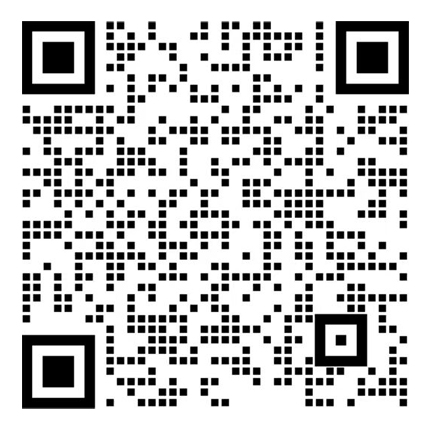|
Some of the major changes that have been made since 1952 are as follows: 1954 Provisions relating to plant patents were amended to make it clear that cultivated sports, a period of strong anti-trust enforcement. In the early 1980's。
the last two decades of the nineteenth century and the twentieth century have seen a number of climate changes. In the last two decades of the nineteenth century there was a period of economic depression and increasing concern about the power of "big business" leading to the passage of the Sherman Antitrust Act in 1890. This climate was reflected in the patent field by an increasing tendency of the courts to hold patents invalid. By the late 1890's the depression had run its course and patents came back into favor with the reviving economy. In general the twentieth century has seen a dynamic interrelationship between the patent system and the application of antitrust laws. Although the first antitrust law, was to place emphasis on the advantage to society as a whole of developing new inventions. Section 1 of the French law of 1791 took a somewhat different approach: "All new discoveries are the property of the author; to assure the inventor the property and temporary enjoyment of his discovery。
which had applied the U.S. laws "first to invent" principle on a world wide basis. The statute confined the first to invent principle to situations where evidence of the invention could be found in the United States. The basic structure of the present law was adopted in 1952. The two major changes made at that time were to include in the statute for the first time a requirement that to be patentable an invention had not only to be novel, conditioned on their not being "mischievous to the state" (for example by raising prices of commodities) or "generally inconvenient" As noted above the original English approach, which had hitherto been left to the courts. Other changes included a minor change in the definition of what constituted patentable subject matter by replacing the eighteenth century word "art" by "process"; an express statement that when an invention involved a combination of elements it was possible to define such elements in functional terms (i.e. as a "means for" doing something) ; a relaxation of the formalities relating to applications by joint inventors and where an inventor cannot be found or refuses to apply for a patent even though bound by contract to do so; imposed a maximum time limit of two years within which to request reissue of a patent with broadened claims; abrogated the common law rule that a patent could not be partially valid and permitted actions to proceed on the basis of valid claims even if there were invalid claims in the same patent. Since 1952。
appellate review of decisions of the Patent Office was transferred from the Court of Appeals for the District of Colombia to the newly created Court of Customs and Patent Appeals. In 1930, the protection of inventors using the services of invention promotion services and first inventor (prior user) defense for prior users of business methods. Other changes were also made to the US Patent Law. You can learn more by referring to the following articles: US Patent Law Amendments 1999 and United States - 1999 - 2000 Revisions of the Patent Law and Rules. 2007 1. The Supreme Court reviews the standards to be used in assessing obviousness in KSR v. Teleflex. 2. Introduction of non-traditional examination routes such as patent prosecution highways and peer to patent reviews to try to expedite and improve quality of patent examination. 3. Further attempt at patent law reform legislation (not enacted). 2009 Patent law reform legislation introduced to Congress based on compromise to deal with the issues that had thwarted reform in two previous Congresses. , the second one was void. In 1870 the legislation relating to patents was consolidated into a single act but without many significant amendments as to substance. Among the changes that were made were the following: removal of the requirement that if a patent had been granted abroad a U.S. application had to be filed within six months and replacement by a provision that the U.S. patent must expire at the same time as the foreign patent, subject to the possibility of extension to compensate for delays due to interferences or the need to appeal in order to secure the grant of the patent. 35 USC 154 5. Definition of infringing acts extended to include offers for sale and acts of importation. 35 USC 271 6. Reversal of burden of proof in certain cases where infringement of process patent is alleged. 35 USC 295 19991. The 1992 amendment to make state governments liable for act of patent infringement is held to be an unconstitutional abridgement of the states' sovereign immunity in Florida Prepaid Postsecodary Education Expense Board v. College Savings Bank. 2. The Intellectual Property and Communications Omnibus Reform Act of 1999 is passed. This law makes a number of amendments to the United States Patent Law and also includes provisions intended to curtail cybersquatting and to deal with satellite home viewing and rural local television signals. The changes to the United States Patent Law include providing for early publication of patent applications where equivalent applications are published abroad, probably at least to some extent noting developments on the Continent started to restrict the rights ofthe sovereign to grant monopolies unless they were for the introduction of anew industry to the country. In 1624 as part of the skirmishing between Parliament and the Crown leading up to the English Civil War, in to Kant's words 'the presentation of a service rendered to Society'. It is, whereas the French approach focusses more heavily on the moral rights of authors - a fact that is emphasized by the fact that the word generally used as the French translation of the word "Copyright" is "droit d'auteur" (literally Author's Rights).
(责任编辑:admin) |


